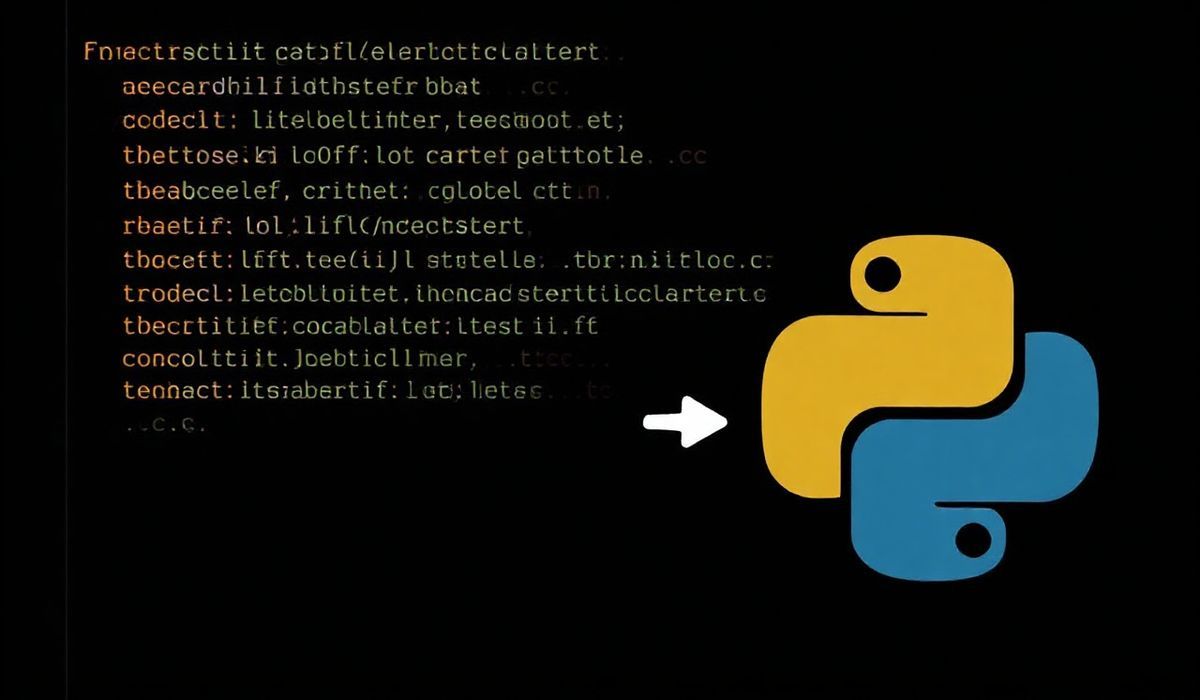Ultimate Guide to Async-Redis for High Performance Asynchronous Data Handling
Welcome to the ultimate guide on async-redis! In this article, we will delve into how async-redis can supercharge your projects with its asynchronous capabilities. We’ll cover dozens of useful API explanations accompanied by code snippets, and we’ll culminate with a comprehensive app example that integrates multiple APIs discussed.
Introduction to Async-Redis
Async-Redis is a Redis client designed for asynchronous programming, making it perfect for high-performance applications. It allows non-blocking operations which can significantly improve the efficiency and responsiveness of your applications.
Getting Started
import asyncio import aioredis
async def main():
redis = await aioredis.create_redis_pool('redis://localhost')
await redis.set('my-key', 'value')
value = await redis.get('my-key', encoding='utf-8')
print(value) # outputs: value
redis.close()
await redis.wait_closed()
asyncio.run(main())
Common Operations
Set and Get
await redis.set('my-key', 'value') value = await redis.get('my-key', encoding='utf-8') print(value)
HSet and HGet
await redis.hset('my-hash', 'field1', 'value1') field1 = await redis.hget('my-hash', 'field1', encoding='utf-8') print(field1)
LPush and LRange
await redis.lpush('my-list', 'value1', 'value2') values = await redis.lrange('my-list', 0, -1, encoding='utf-8') print(values)
SAdd and SMembers
await redis.sadd('my-set', 'member1', 'member2') members = await redis.smembers('my-set', encoding='utf-8') print(members)
ZAdd and ZRange
await redis.zadd('my-zset', 1, 'one', 2, 'two') zset_items = await redis.zrange('my-zset', 0, -1, withscores=True) print(zset_items)
Pub/Sub
async def reader(channel):
while await channel.wait_message():
msg = await channel.get(encoding='utf-8')
print("Got Message:", msg)
async def main():
sub = await aioredis.create_redis(('localhost', 6379))
pub = await aioredis.create_redis(('localhost', 6379))
res = await sub.subscribe('chan:1')
ch1 = res[0]
tsk = asyncio.create_task(reader(ch1))
await pub.publish('chan:1', 'Hello')
await asyncio.sleep(1)
sub.close()
pub.close()
await sub.wait_closed()
await pub.wait_closed()
tsk.cancel()
asyncio.run(main())
Transaction Handling
async def transaction_example(redis):
tr = redis.multi_exec()
fut1 = tr.incr('key1')
fut2 = tr.incr('key2')
result = await tr.execute()
print(result, (await fut1), (await fut2))
redis = await aioredis.create_redis_pool('redis://localhost') await transaction_example(redis) redis.close() await redis.wait_closed()
Comprehensive App Example
import asyncio import aioredis
async def main():
redis = await aioredis.create_redis_pool('redis://localhost')
# Setting and getting a value
await redis.set('app-key', 'app-value')
app_value = await redis.get('app-key', encoding='utf-8')
print('App Key:', app_value)
# Working with hashes
await redis.hset('app-hash', 'field1', 'value1')
hash_value = await redis.hget('app-hash', 'field1', encoding='utf-8')
print('Hash Key:', hash_value)
# List operations
await redis.lpush('app-list', *[f'value{i}' for i in range(5)])
list_values = await redis.lrange('app-list', 0, -1, encoding='utf-8')
print('List Values:', list_values)
# Set operations
await redis.sadd('app-set', *{'member1', 'member2'})
set_members = await redis.smembers('app-set', encoding='utf-8')
print('Set Members:', set_members)
# ZSet operations
await redis.zadd('app-zset', 1, 'one', 2, 'two')
zset_items = await redis.zrange('app-zset', 0, -1, withscores=True)
print('ZSet Items:', zset_items)
redis.close()
await redis.wait_closed()
asyncio.run(main())
Conclusion
Async-Redis is a powerful tool for handling Redis operations asynchronously. By using its comprehensive API, you can ensure that your applications are both high-performance and highly responsive. We hope this guide helps you effectively integrate async-redis into your projects.
Hash: 3b776ccc42dced411bb210bc2457283645c36370abe281cb78f7e7b9331c62ea




